Troy was blessed to be served by Coach Whitey Whitman
Remembering the man who created “the best P.E. program in America.”
Author’s note: In my opinion, the lives of some people were so inspiring and positively influenced so many other lives, these stories need to be told via a “long-form” feature story. This is one of those stories.
By BILL RICE, JR.
The list of beloved Pike County educators who are fondly remembered today is expansive. From this important group, few individuals had a more profound impact on more students than the late Coach James “Whitey” Whitman.
Coach Whitman, who retired in 1998 and passed away in 2015, was director of physical education at Charles Henderson Junior High/Middle School for two years in the early 1970s and then again from 1975-1997.
Coach Whitman’s enduring legacy is explained by two facts:
He taught or interacted with EVERY student who came through Troy City Schools for 24 years and …
The physical education program he led was considered to be one of the very best in America.
Every one of the thousands of students who took PE classes in Troy between the ages of 11-14 probably has fond memories of Coach Whitman.
“The Bear Bryant of Physical Education”
Coach Whitman was “The Bear Bryant of Physical Education,” says Forrest Lee, a former football player for Coach Whitman at Goshen High and the man who succeeded him as PE director at CHMS. “The influence he had on my life is beyond words.”
“He was one of the finest men I've ever known,” said Greg Carrol, one of many former students who shared memories about Coach Whitman on Facebook recently.
“Coach Whitman could literally coach anything,” said Chris Amos.
“Our P.E. program at CHJHS was incredible,” said Cara Lott Major.
Frederick Burden, now a coach at the same school, said Coach Whitman had a major influence on his life as a CHMS student from 1989-91 and, later in his professional career.
“I can remember him teaching us the fundamentals of every sport,” said Coach Burden.
Geoffrey Spann taught with Coach Whitman for 10 years before later becoming a principal.
“He was a great teacher, role model, and friend. He loved those kids and expected much from them,” said Spann, who is now an administrator at First Baptist Church, where Coach Whitman was a long-time member and teacher in the Church’s popular youth RA program.
Gwin Elizabeth Dye Jordan remembers the variety of PE units Coach Whitman’s program offered students.
“Archery, gymnastics, gun safety, canoeing, AND dodgeball?!?! Can you even imagine getting to do this today?” she wrote.
“He encouraged, supported and held us accountable. He helped us feel safe taking risks (the safe ones, of course) and trying something new. We learned that perseverance paid off … Whether or not I realized it at the time, I think his classes helped me feel more confident. I feel thankful we had those incredible opportunities.”
Decision to attend Troy State produced positive ripple effects decades later …
The story of how Whitman ended up in Troy - and later made such a positive impact on so many people - is a tale of determination, sacrifice and hard work, of a “very poor” teenager who was simply looking for a way to escape the cotton mills of his native Phenix City.
Although he weighed only 155 pounds, Coach Whitman was tough and athletic enough to play offensive line for Central of Phenix City teams in 1952-1954.
When several of Whitman’s teammates decided to drive to Troy to participate in spring tryouts, Whitman tagged along.
“I loved the game of football and I thought I could play in that league,” Whitman told this author in an interview in September 1997.
When Whitman arrived at the tryout, TSU coaches took one look at him and told him he was too small to dress out and scrimmage.
“That made me mad. I was determined I was going to try out for that team,” said Whitman.
More resolved than ever, Whitman returned to Phenix City and worked all summer to save enough money for a bus ticket and one quarter’s tuition at TSU.
The bus ticket, it should be noted, was of the two-way variety … just in case.
With the start of summer drills, Whitman once again approached the squad’s coach, informing him he was going to walk-on. Again, the coach, fearing for Whitman’s safety, told the stubborn would-be athlete he couldn’t play.
Coach Whitman wouldn’t take no for an answer and eventually coaches put him in a passing drill as a defender.
Utilizing his superior quickness, Whitman was able to get through the line and hit the quarterback. At long last, he earned the attention of the team’s coaches.
However, as they say, be careful what you wish for …
In the practices that followed, “They beat the stew out of me,” laughed Whitman.
Freshmen couldn’t play in games in 1954, but this didn’t matter as Whitman was a sixth-string guard his first year.
In 1997, Whitman could still vividly recall returning to the “barracks” after practice, beat up and exhausted, laying in bed and “kissing that bus ticket home.”
Before drifting to sleep, however, one thought would reverberate: “I can’t go home … I can last one more day.”
The power of determination …
One of the team’s most formidable lineman, “Liver Lip” Jones, a veteran of the Korean Conflict, took an interest in the undersized guard and “would stay after practice and help me,” recalled Whitman.
Recognizing that he could do nothing about his size, Whitman began to focus on building stamina, quickness and learning the finer points of the game.
“Like watching your opponent’s eyes and noticing things like finger pressure (in the football stance),” he said.
By the end of the fall, Whitman’s hard work was rewarded when he was given a half scholarship, which included work duties at the dining hall. Without the aid, Whitman could not have been able to remain in school, he said.
Prior to the start of the next season (1955), the school named a new coach, Bill Clipson, who had led Troy High School to some of its best teams.
Aside: Clipson coached the undefeated 1948 Troy High team, probably the most impressive in town history. That team won most games in a rout and featured many future college players, including later Alabama Sports Hall of Fame inductee Bobby Marlow.
“Coach Clipson was a great man,” said Whitman. “He really believed in all of the right principles. He believed in hard work and gave everybody a fair chance.”
Another aside: While Clipson’s Red Wave teams never had big winning seasons, virtually every person who had contact with Coach Clipson raved about his leadership qualities and his impeccable integrity as a teacher and coach.
Whitman’s children Candi and Tony both agree that Coach Clipson had the greatest influence on their father’s professional life. (Clipson later became the director of the physical education department at the University of Alabama.)
Early in Whitman’s sophomore season, Coach Whitman had moved up the depth chart to become the team’s No. 3 guard. He actually started an early-season game against a powerful Tampa team when one of the squad’s other two guards suffered an injury.
Whitman told a funny story about that game, which was played against a team with “massive” linemen.
Early in the game, Coach Clipson called a trap play and Whitman made like a kama kazee and hit one of Tampa’s “huge” lineman square in the ribs.
“It was like hitting an oak tree,” said Whitman. Still, his block allowed the play to break for a 40-yard gain, perhaps the only 40 yards the team made that day.
After this play, “they were waiting for me,” remembered Coach Whitman.
The next time he tried the same block, “I was crushed like an accordion. I saw stars. I didn’t know where the huddle was.”
Troy lost the game 52-0. After the game, obviously remembering the trap block, Coach Clipson said something to the effect of “if everybody had played as well as that little guard …”
Whitman, as well as his line coach, knew better. “But I wasn’t going to say anything,” he laughed.
A rare lineman/tumbler
Whitman, who eventually bulked up to 175 pounds, played three seasons for Troy from 1955-57. In the off-season he also participated in track, where he threw the shot put, discus and javelin. Nick Costes was named track coach Whitman’s senior year.
“He really went at it professionally,” said Whitman.
Whitman’s line coach also encouraged him to go out for the school’s tumbling team.
Whitman said he had “no coordination” and his coach figured the gymnastic’s program could help.
To his surprise, Whitman “fell in love with the trampoline” and eventually taught the school’s gymnastics classes at the request of Paul Nix and often participated in exhibitions around town.
Whitman said it wasn’t until his junior year that he began to get serious with his studies.
“I didn’t like school,” he admitted. “But my parents expected me to go.”
Whitman found his calling in the school’s physical education program.
“I took every elective they had,” he said.
According to Forest Lee, Whitman always stressed that it was physical education … not “P.E.”
“He wanted to teach,” said his son Tony. “Most PE classes at that time just threw a ball out and said ‘play.’ He hated that.”
While a student at Troy, Whitman also worked for several years at the Alabama Baptist Children’s Home, a work experience that later resulted in him being hired as the home’s activities and recreation director.
“Daddy worked as a ‘house boy’ in college,” said his oldest daughter, Candi Whitman Todd. “Many of the cottages had only House Mothers so the Children’s Home hired college guys to live there and ‘supervise’ the boys. As I understand it, the House Mothers didn’t go upstairs while the boys were home.”
(Coach Whitman worked at the Children’s Home when Raymond Ledford and his brothers lived there in the 1950s.)
Begins coaching and education career …
After college graduation, Whitman began his life as a P.E. teacher and coach in Freeport near Chavala. (Today, his son lives in the same town).
He then accepted a similar position in Marietta, Ga. before taking a job as recreation coordinator for the town’s largest employer, the Lockheed Corporation, a position he held for approximately 10 years.
As explained by Coach Whitman, Lockheed offered its employees a recreation program similar to those offered by YMCA branches in major cities.
It was while working in this job that destiny played a hand and, on a blind date in 1964, he met his future wife, Janice Folmar. As it turns out - a detail very important to this story - Janice Folmar had grown up in Goshen … in Pike County, Alabama!
The couple were married in June 1964 and were a couple for 51 years and had three children - Candi, Tony and Tammy Whitman.
Around 1970, Mrs. Whitman wanted to return to Pike County to be closer to her parents.
This was fine with Coach Whitman who, as a college student, had grown quite fond of Troy. Like countless parents before and since, the couple thought “Troy would be a great place to raise a family.”
Mrs. Whitman taught English in Goshen and Ozark before joining the CHHS faculty in 1976.
Coach Whitman, using his contacts from his House Boy days, was hired as the recreation director at the Children’s Home (1970-1972), a position he held while he acquired his master’s degree at Troy.
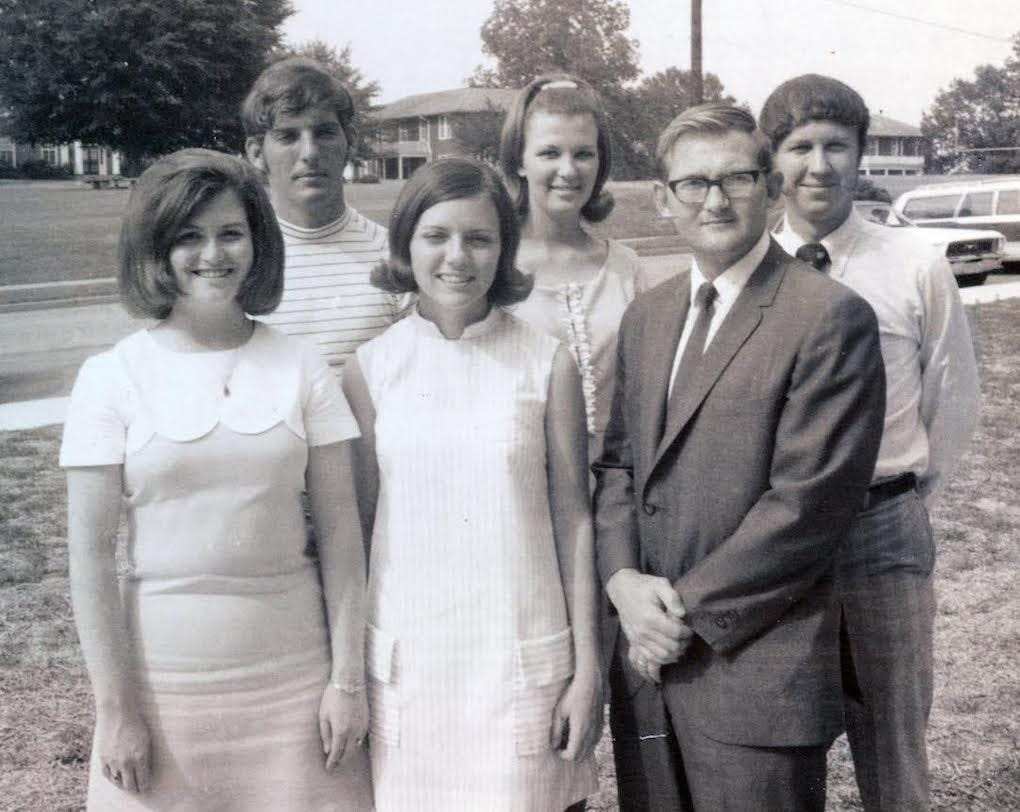
He was then hired as the PE instructor at the brand new Charles Henderson Junior High School in 1972. He taught his first tranche of Trojans at the new school for two years before accepting the position as head football coach and PE teacher at Goshen High School.
Future Trojan was also a Goshen Eagle …
As Coach Lee recalls, “Coach Whitman came to Goshen in the Fall of 1973. We were 0-27 in football and finally defeated Louisville 20-8 to break the winless streak.
“He had about 17 players (when he arrived) and by spring training of my sophomore year our team was up to over 50 players. Coach Whitman was a tremendous coach but his philosophy was to be a great teacher first and foremost.”
One of many life lessons preached by Coach Whitman still resonates with Lee today. The lesson was borrowed from the title of Gayle Sayers’ book after Sayers’ friend Brian Piccolo passed away. The title of the book is I am Third.
According to Lee, it means:
“The Lord is first. Friends and family are second. I (yourself) am third.”
Coach Whitman told his players, “Guys, try to live your lives that way…if you do, you’ll be successful in life.”
While his Eagle teams performed well, Whitman really wanted to teach physical education and later returned to the Charles Henderson Junior High in 1975.
Troy City Schools makes a very smart hire …
By 1975, when Coach Whitman was 41, he’d been a successful athlete at Troy State who participated in not one sport - but four or five (football, track - discus and shot put, plus - in a combination rarely seen - gymnastics, tumbling and trampoline.)
He’d taught and coached football and P.E. at two school systems and led a YMCA-type program for a Fortune 500 company.
He’d also been the recreation/activities director for The Alabama Baptist Children’s Home and his mentor, Coach Clipson, was one of the best known physical education educators in the state at the University of Alabama.
The Whitey Whitman era was soon tumbling, dodge-balling and jump-jacking into the local history books.
As his daughter said, everything Coach Whitman did was oriented around “serving others.”
As a physical education director, Coach Whitman didn’t rigorously follow a state-designed curriculum. Instead, he created a PE program he thought would benefit the most students.
“It was his own program,” said Candi, who noted her father had a great working relationship with all of his principals, who were smart enough to let him do things his own way.
He wanted every student to find something he or she “can be active in for their entire lives,” said Candi. “That’s why the school offered so many different types of activities. If students could try different things, they were more likely to find something they enjoyed.”
Both Candi and Tony mentioned that schools across Alabama - and even the nation - were soon emulating the program their father had created and implemented in Troy.
If a typical class in Troy City Schools averaged 150 students, Coach Whitman ended up coaching and teaching approximately 4,000 6th to 8th grade students in his 25-year tenure with the school system.
(Educators have long understood a student’s most important years - those that form students’ habits and character - occur before students reach high school.)
How units were structured …
All 4,000 of these students no doubt remember the basic structure of their hour-long PE classes.
Classes began with students changing into their PE attire, including the blue snap-on “bubble-top” outfits all female students remember so well.
Next came roll call (where Coach Whitman checked the “ranks” to make sure students were properly attired and, thus, received no “demerits”) and then calisthenics.
After 10 or so minutes of exercise, students broke into groups where in-depth instruction began with myriad academic/physical units.With a few exceptions, each unit lasted three weeks and all units had an academic component. Students would then rotate to another unit.
Different units were taught by a series of other well-known P.E. teachers plus college student aides doing Troy State internships.
According to his daughter Candi, Coach Whitman was highly requested by TSU students doing physical education internships. “Everyone wanted to student teach under Daddy,” she said.
Among these former interns were future Troy head football coach Robert Maddox, long-time Troy athletic trainer Chuck Ash, football star and current Huntingdon coach Mike Turk and Ronnie Cottrell, who became an assistant coach and recruiting coordinator at FSU and then Alabama.
An amazing variety of units …
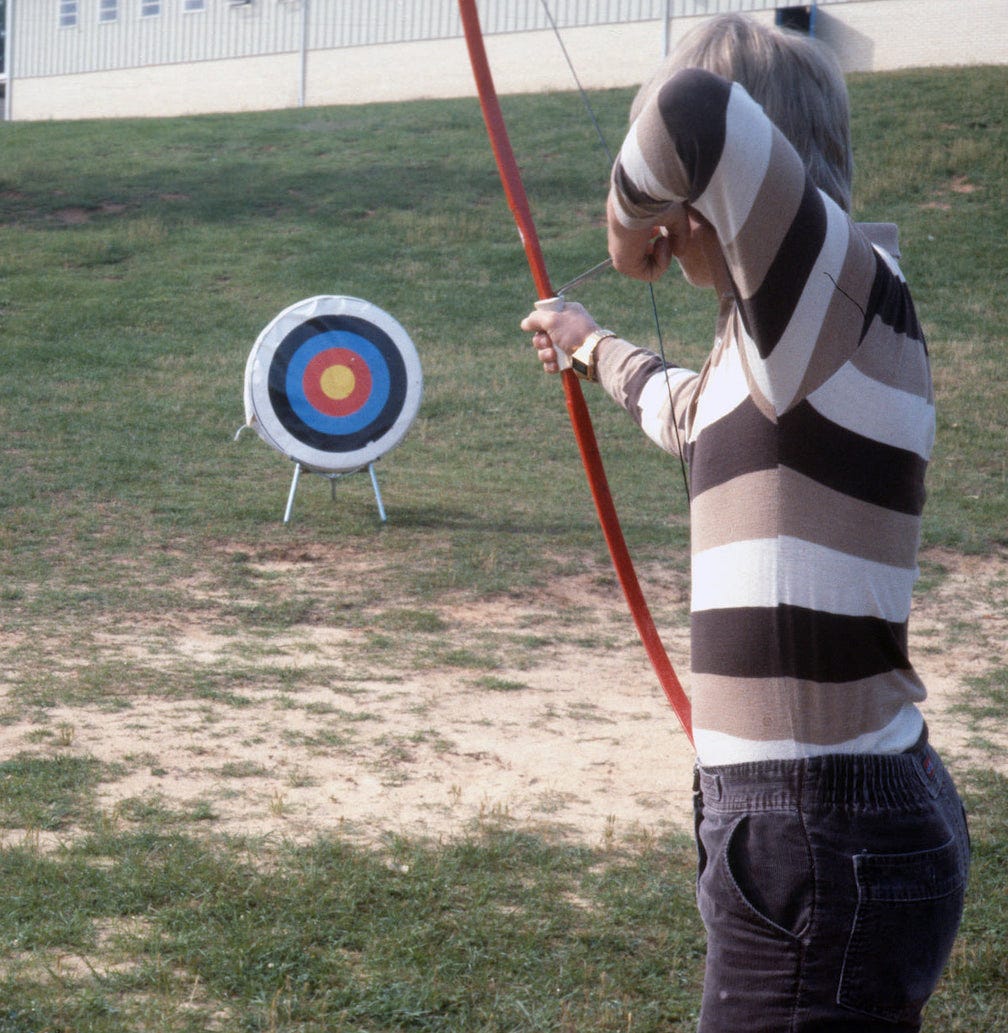
In a recent Facebook thread, many former residents listed the units they remember best.
These include the always-popular sports of (flag) football, basketball, baseball and soccer, plus tumbling and gymnastics, folk dance, square dancing, badminton, archery, target shooting (with BB guns), canoeing, swimming, camping, “orienteering,” hunter safety, wrestling, tennis, table tennis, track and field events, team handball, gym and field hockey (and even ice hockey), paddle ball, weight-lifting, Health Education, etc.
Dance classes might have created the most anxiety in students, but were probably secretly popular. These classes were also one of the few students took at the same time together.
For free days - or on rain days - students either thoroughly enjoyed (or dreaded) dodge ball, which was not politically incorrect back in those days.
“I think I still have the bruises!” joked Laura Holcombe.
CHMS P.E. was also unique in that students often left campus to participate in various units. For example, swimming was held at the Troy State Natatorium and canoeing and sailing were held at the Lagoon.
Upon reflection, Coach Whitman and his colleagues had to be creative in coming up with outdoor or in-door classrooms for the olympiad of units offered to students.
Physical fitness was never neglected and, in fact, students were tested in a variety of events at the beginning of the year (pull-ups, sit-ups, broad-jump, etc.) and then at the end of the year, with the top students qualifying for the Presidential Physical Fitness Badge.
For many years, the program’s 8th grade honor students got to enjoy an over-night camp-out at Carter’s Lake near Goshen.
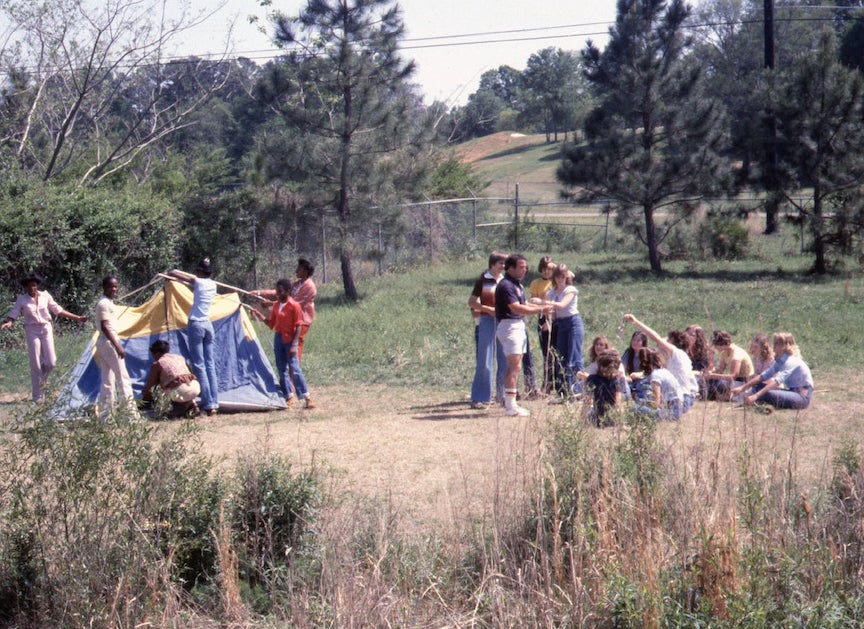
“This will hurt me more than it hurts you …”
As many Facebook posters noted, Coach Whitman was also the school’s disciplinarian back in the days when a few licks on the buttocks weren’t grounds for a lawsuit.
Tony Whitman was among the many male students who received licks for sundry discipline transgressions. Tony said he’d “be surprised” if any of his male classmates got out of school without receiving any licks.
Still, it’s doubtful any former student’s enduring regard for Coach Whitman was lessened by the brief pain of these corporal lessons.
If Coach Whitman was alive, he’d insist I recognize the coaches who helped the program earn national recognition as the Best P.E. program in the nation. (Coach Whitman received this honor from a national physical education organization at an event in Detroit in 1980).
Among others, coaches fondly remembered by former students include Kaye Gibbs, Phyllis Tompkins, Steve Miller and Coach Walker.
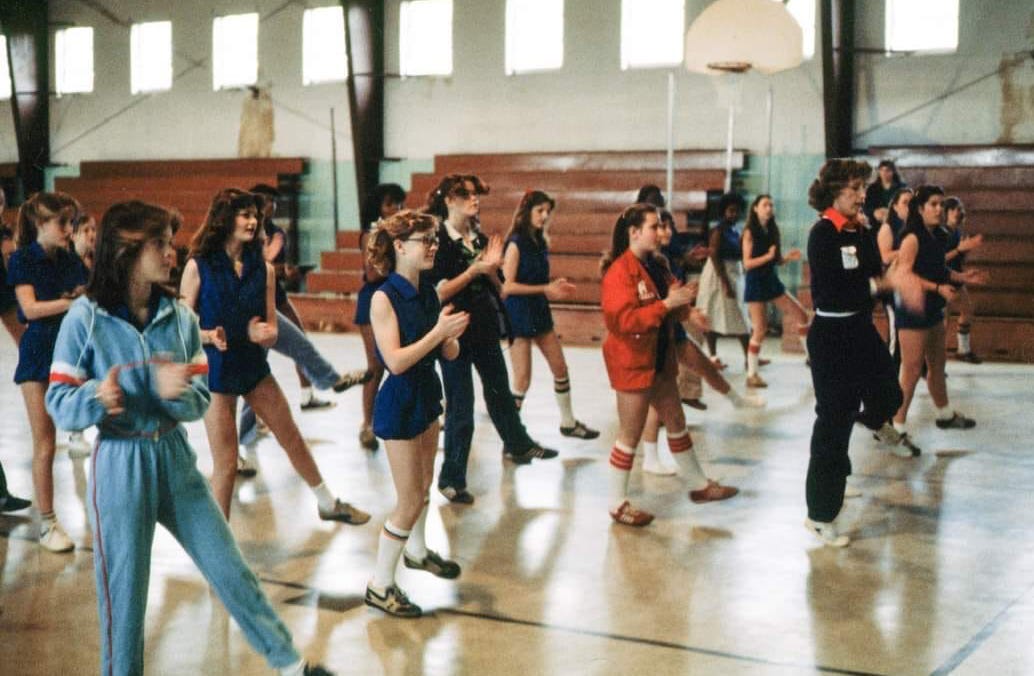
When not organizing his nationally-renowned physical education program, Coach Whitman served his community (and even more local youth) as a long-time Boy Scout troop leader, leader of First Baptist Church’s RA (Royal Ambassadors) program and as a volunteer for Habitat for Humanity and Carpenters for Christ.
“Dad was renowned for his sheetrock mudding skills,” said Candi.
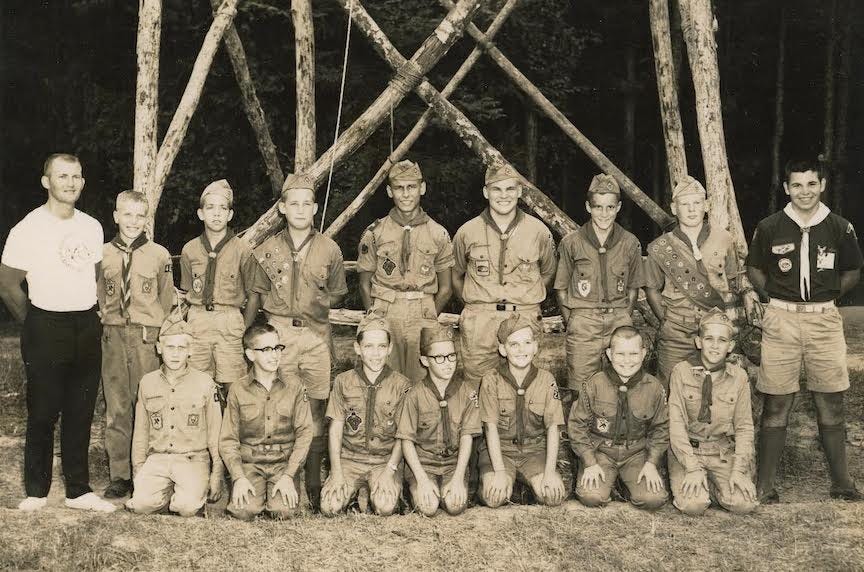
On the eve of Thanksgiving, a final thought …
For his entire adult life, Coach James Whitey Whitman strived to serve others and live a life which embodied the principles taught by Jesus Christ.
… If Coach Whitman had used that return bus ticket and gone back to Phenix City, thousands of students wouldn’t have been able to participate in the best physical education program in America.
I include myself in the list of Trojans thankful his life was touched by Coach James “Whitey” Whitman, a genuine public servant and the creator of a scrapbook of fond memories.
+++++++++++++++++++++
Author’s note: See Bonus content and more testimonials of former Coach Whitman students in today’s Reader Comments section. Readers are encouraged to share their own memories. More PE pictures to be added shortly.
(Readers can subscribe - for free or via three paid options - by clicking on the Subscribe Botton. Subscribers will receive dispatches via their email or Substack ap almost every day. All previous Citizen articles are archived and accessible at no charge.)

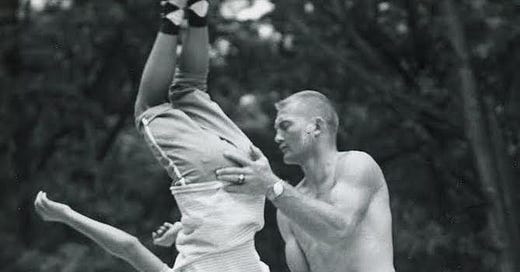



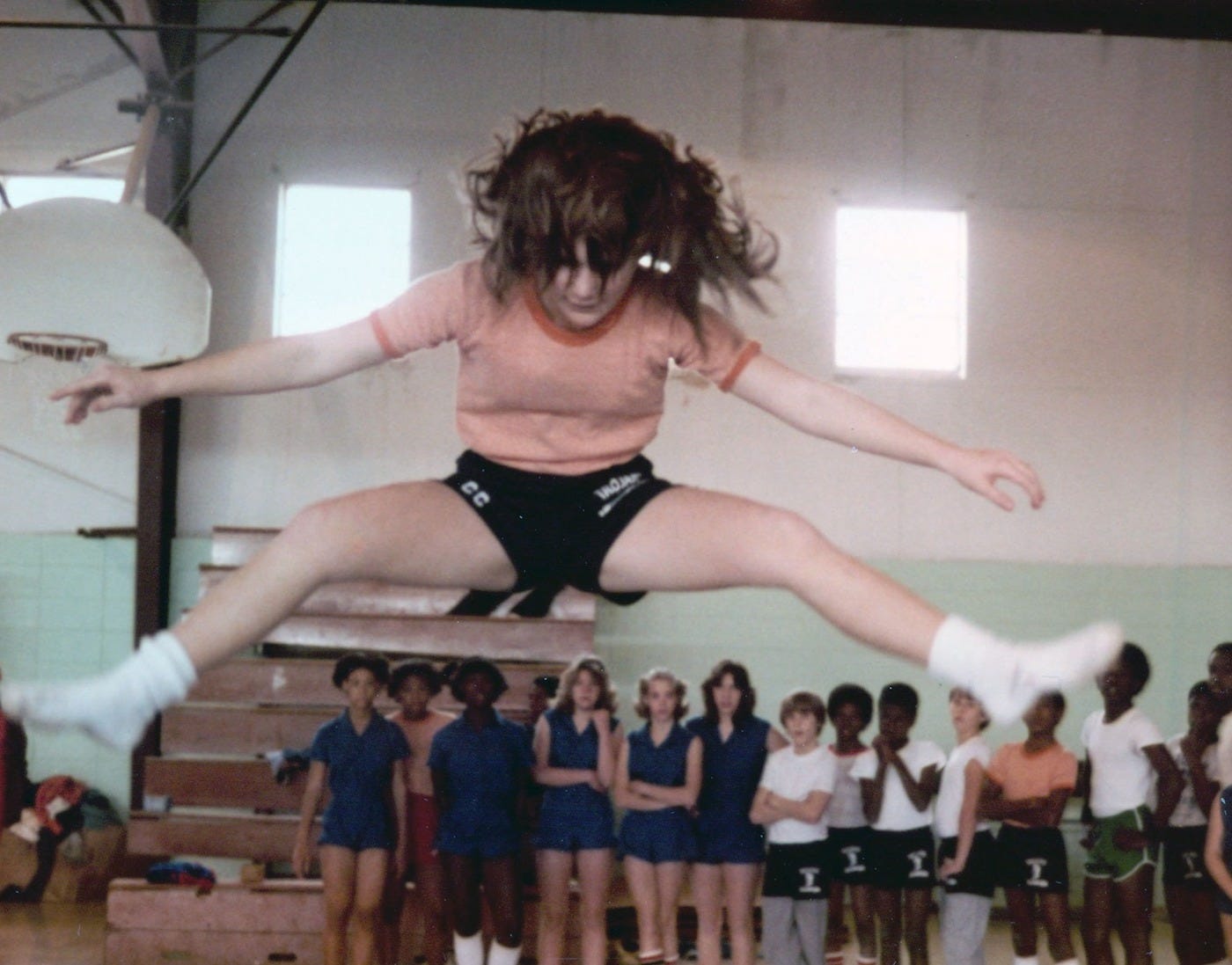
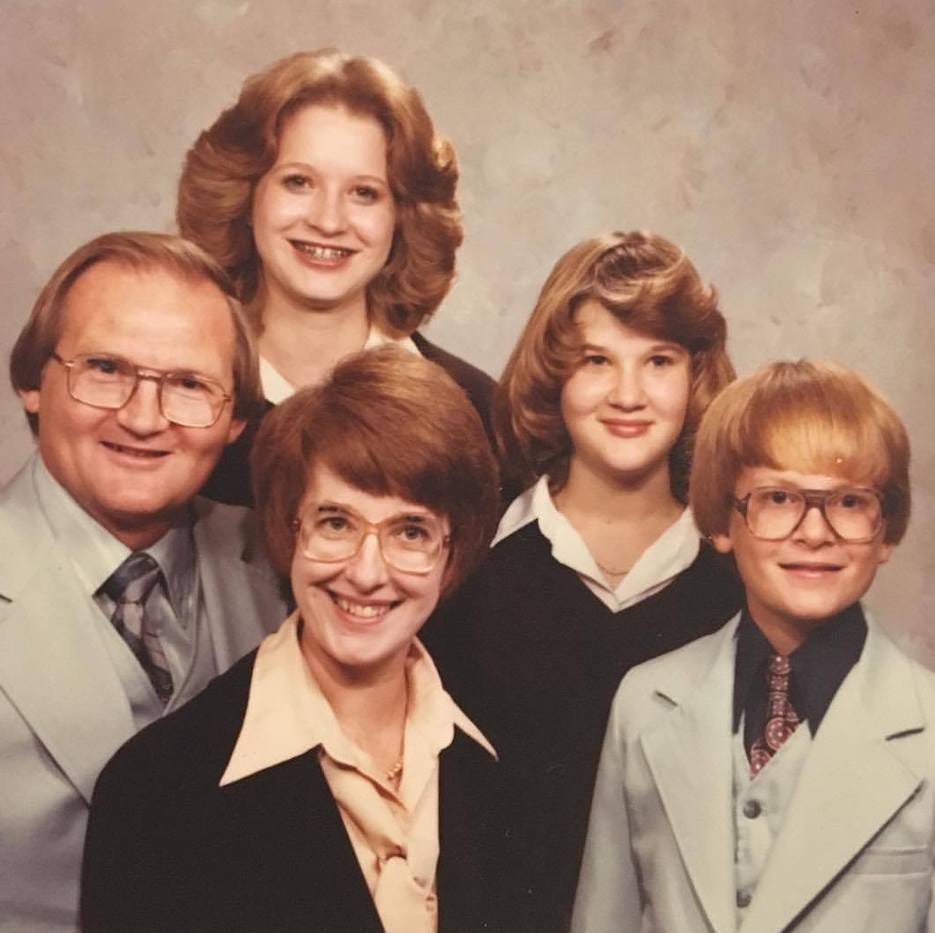
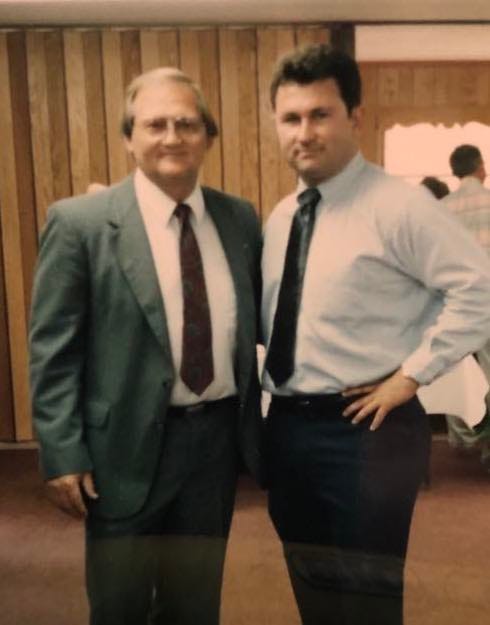

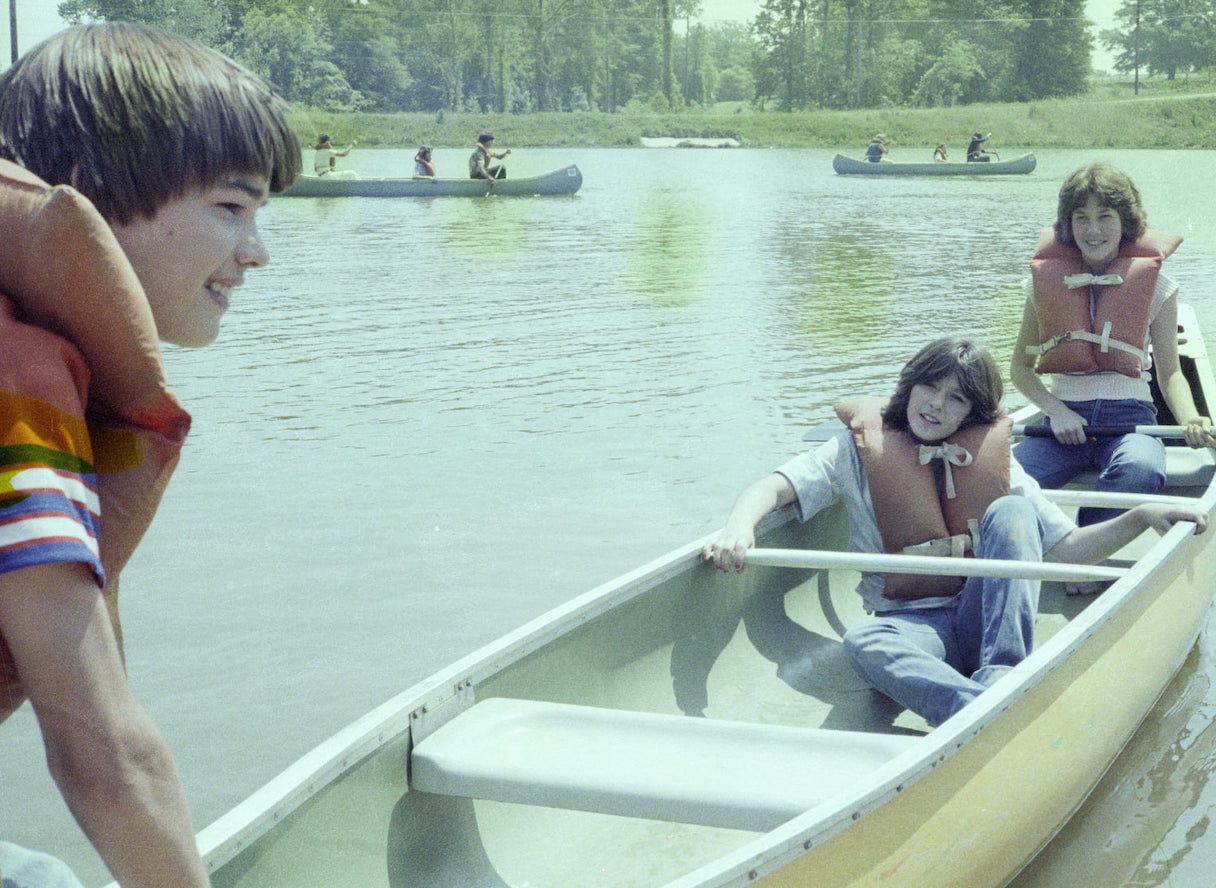
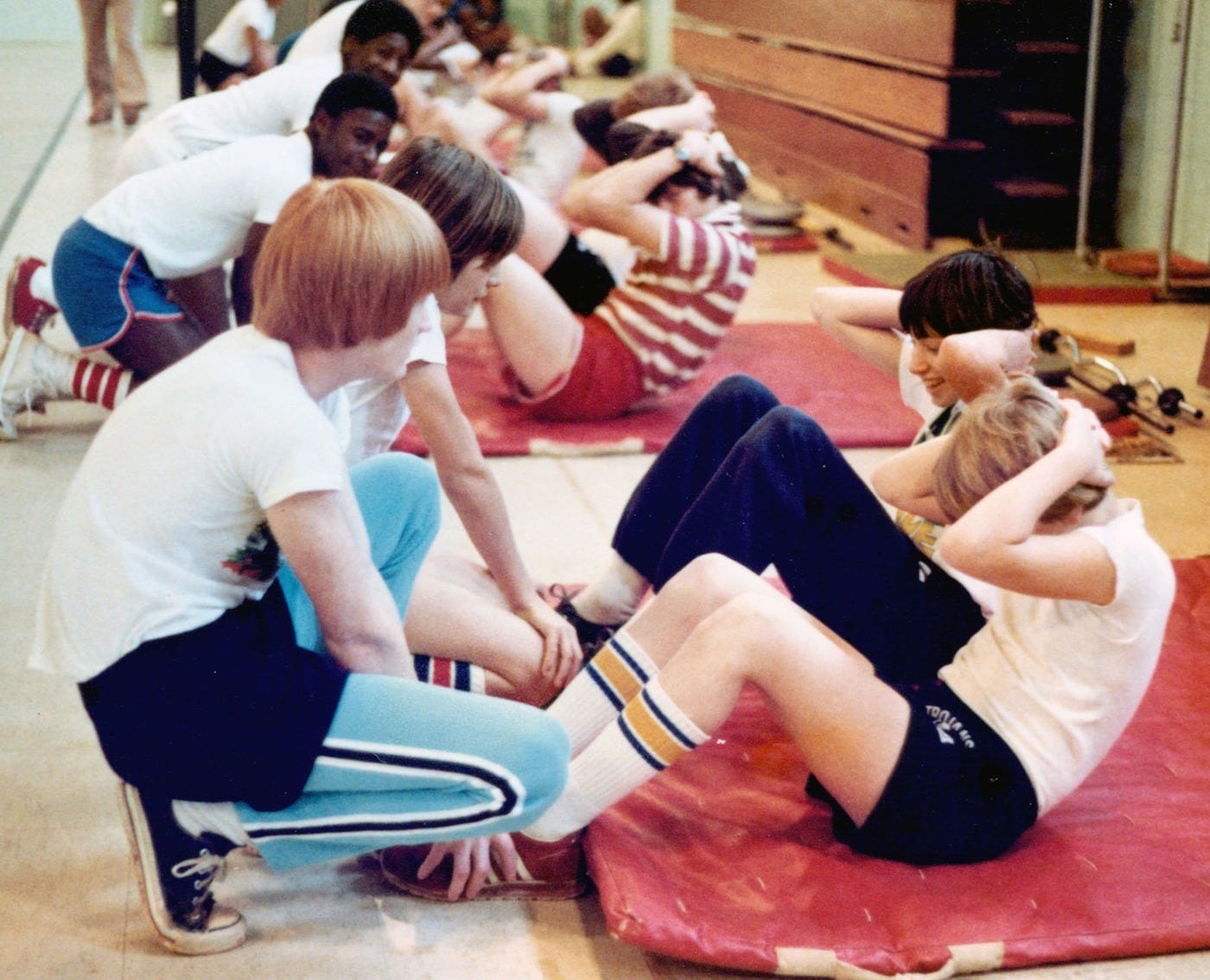
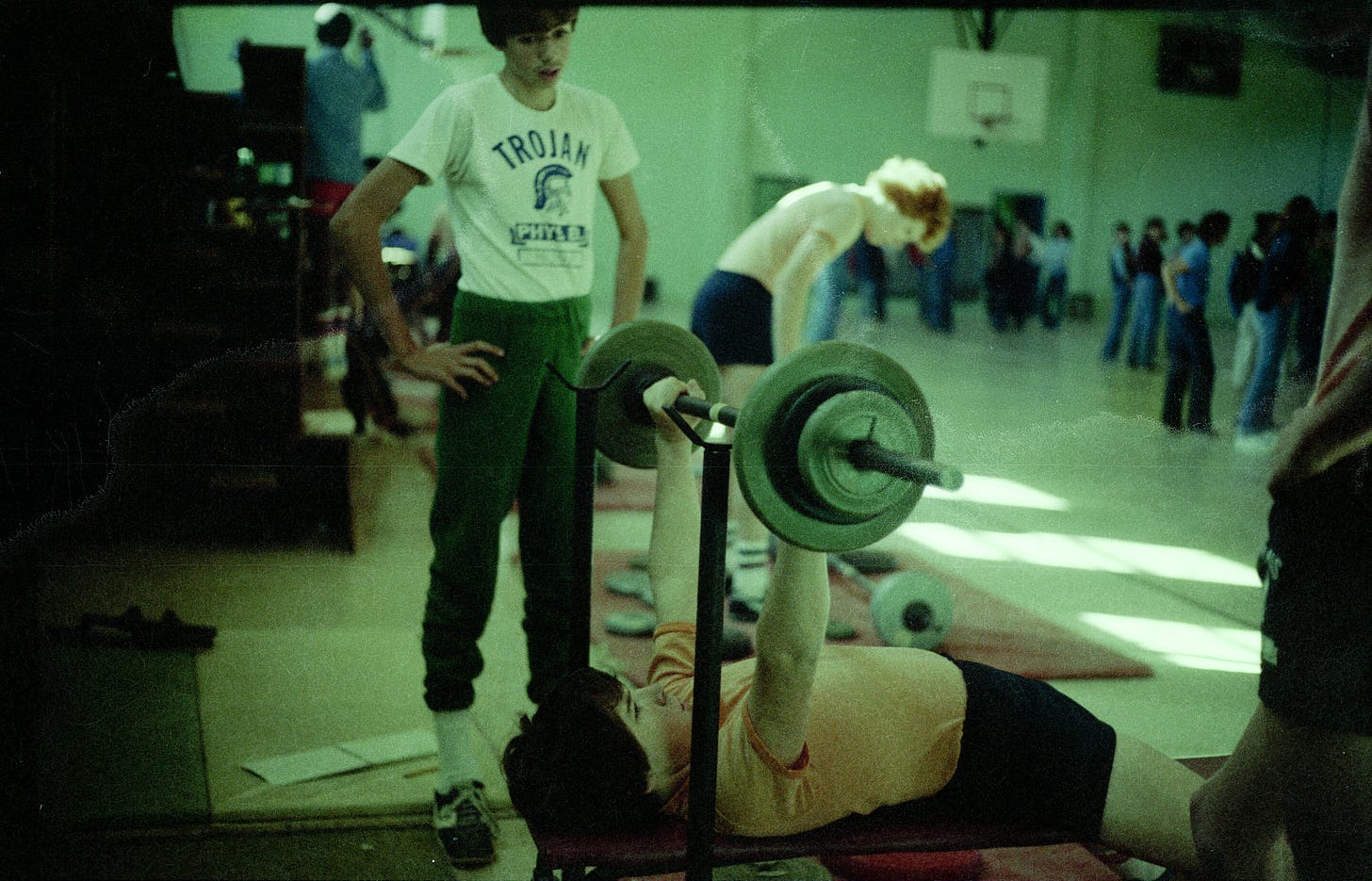
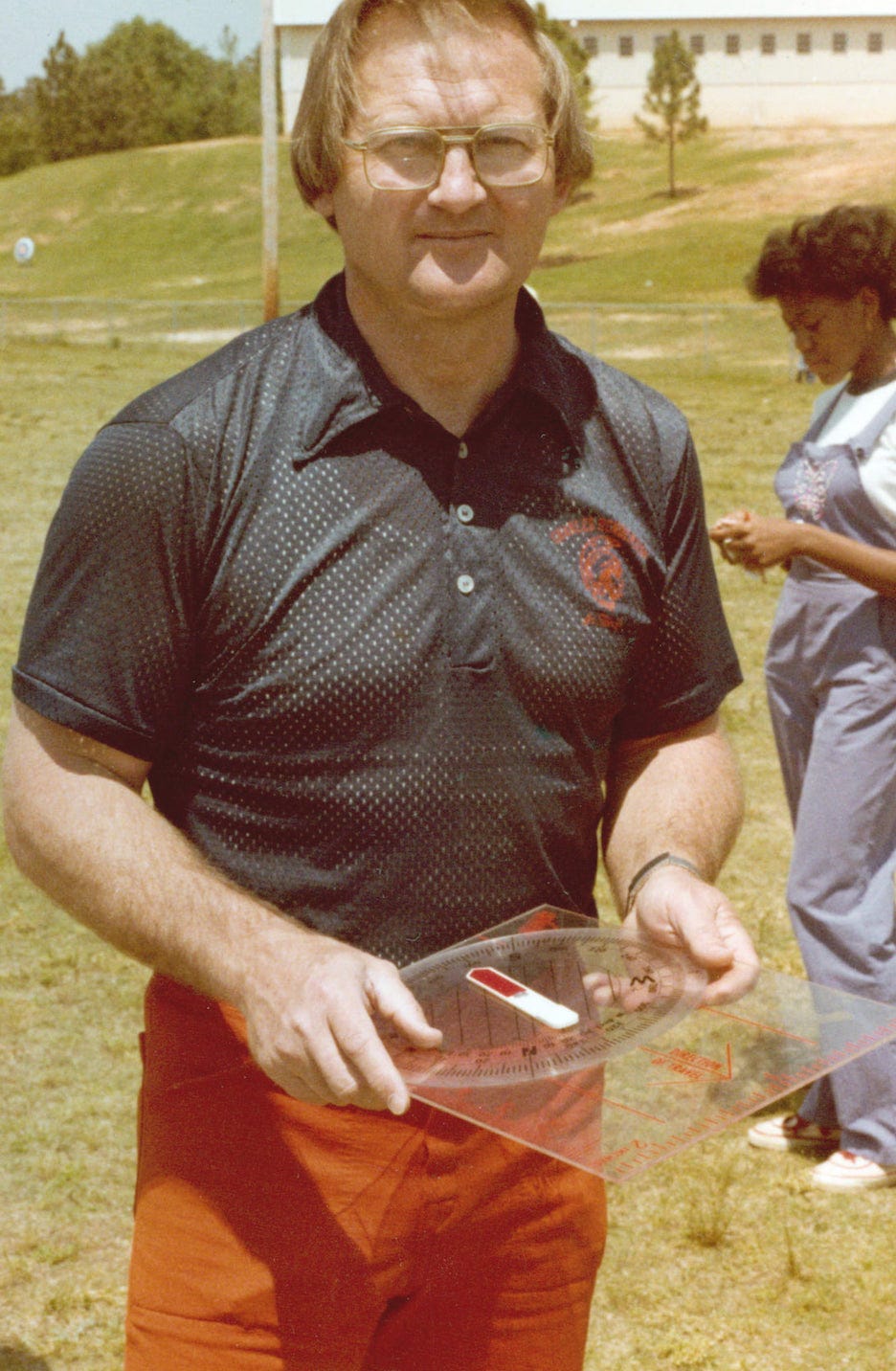
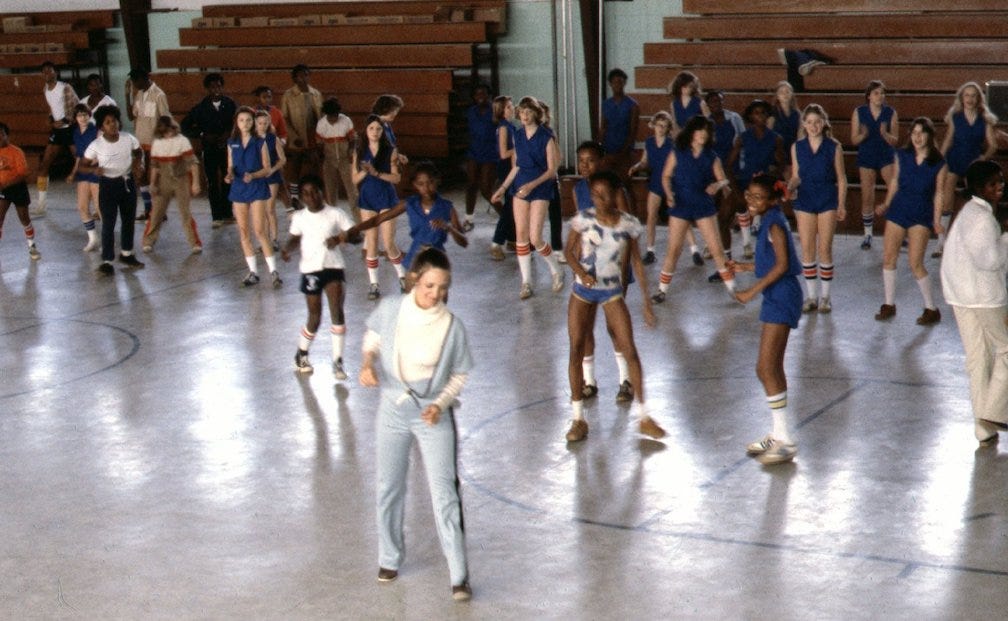
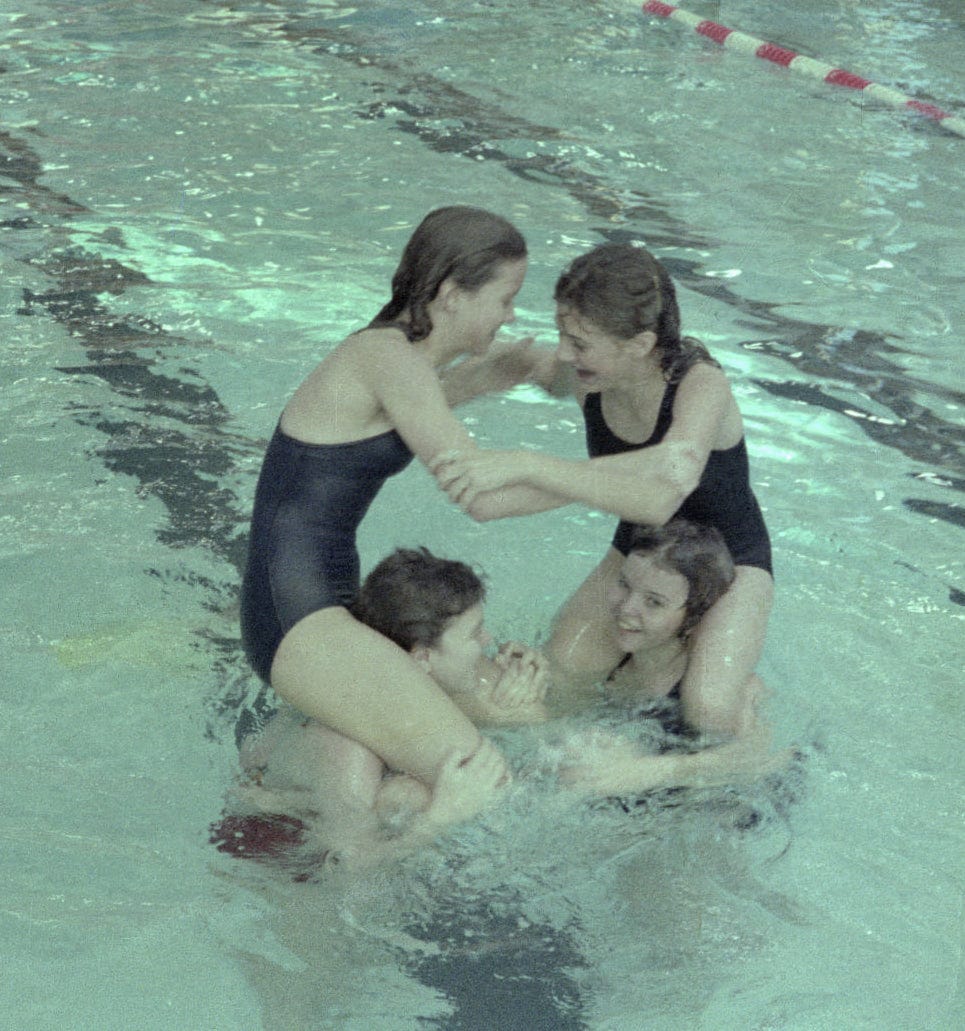
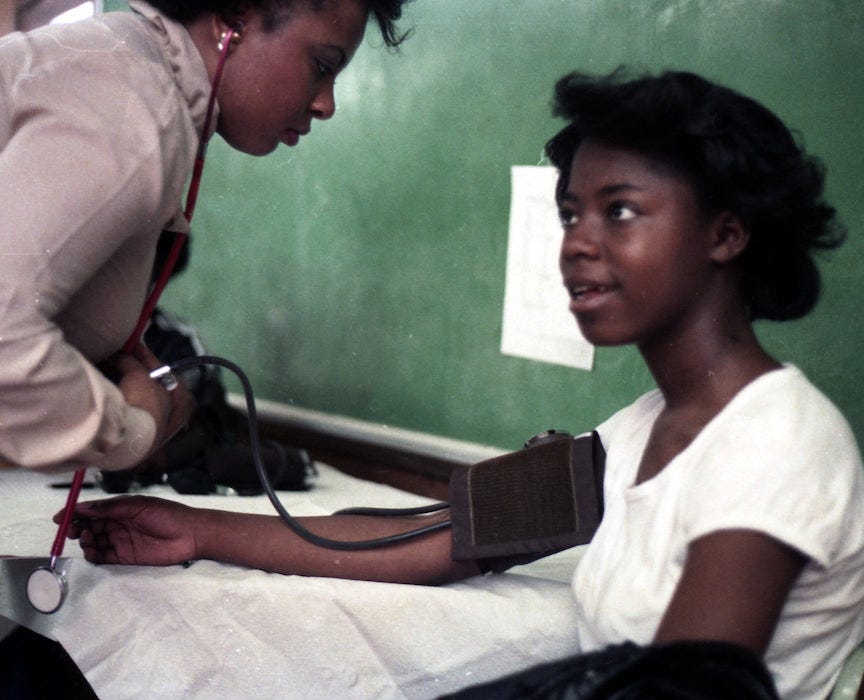
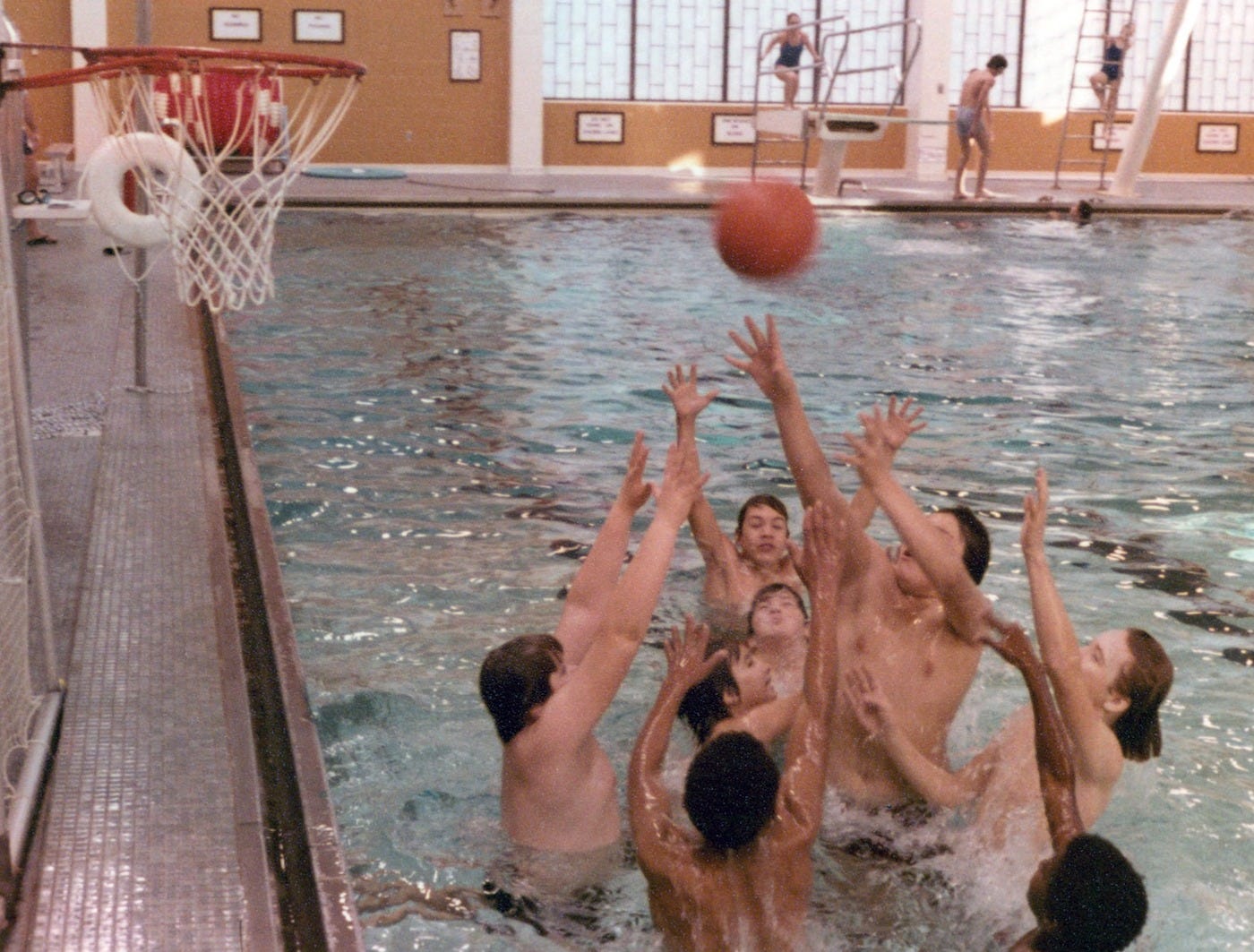
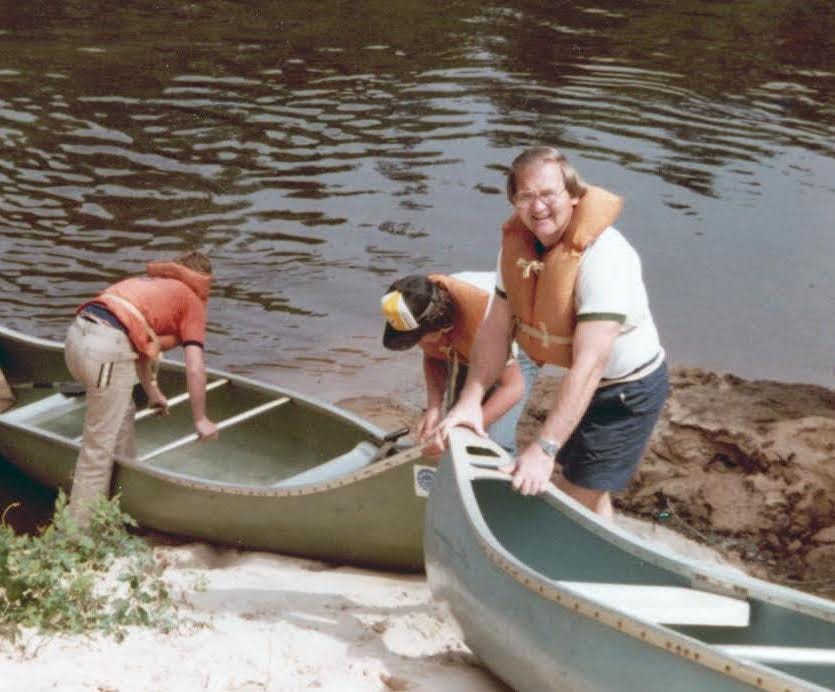
This story continues to generate comments from members of Facebook (where I share my stories). Two more remebrances I just saw from a Troy Facebook group:
Coach Rick Moody: "Coach Whitman was the standard for Physical Education teachers and a good man."
Anne Mitchell Whisnant: "This is so very interesting! I was in two years of PE under Coach Whitman at CHJHS - 1978-80 I think - and though I remember Coach Whitman being very strict, you are also quite right to point out the incredible variety of sports we learned! I loved archery, tennis, gymnastics, and “orienteering.” And where else would I have done the Virginia Reel or broken my finger in dodgeball the day before the dreaded piano recital!
"I had no idea it was any sort of world-class PE program. Thank you for putting this in context that was certainly not visible to us students at the time."
Editorial Comment: I think it would be very fitting if Troy City Schools named the CHMS gymnasium in honor of Coach Whitman. I think a group of former students might be very willing to make donations to install the name on the gym in the appropriate places with maybe a plaque and a few photos of his tenure. This could possibly even be a fund-raiser for the school and its PE programs.
Anyone interested in helping me make this project a reality can contact me at:
wjricejunior@gmail.com or respond in the Comments Section.